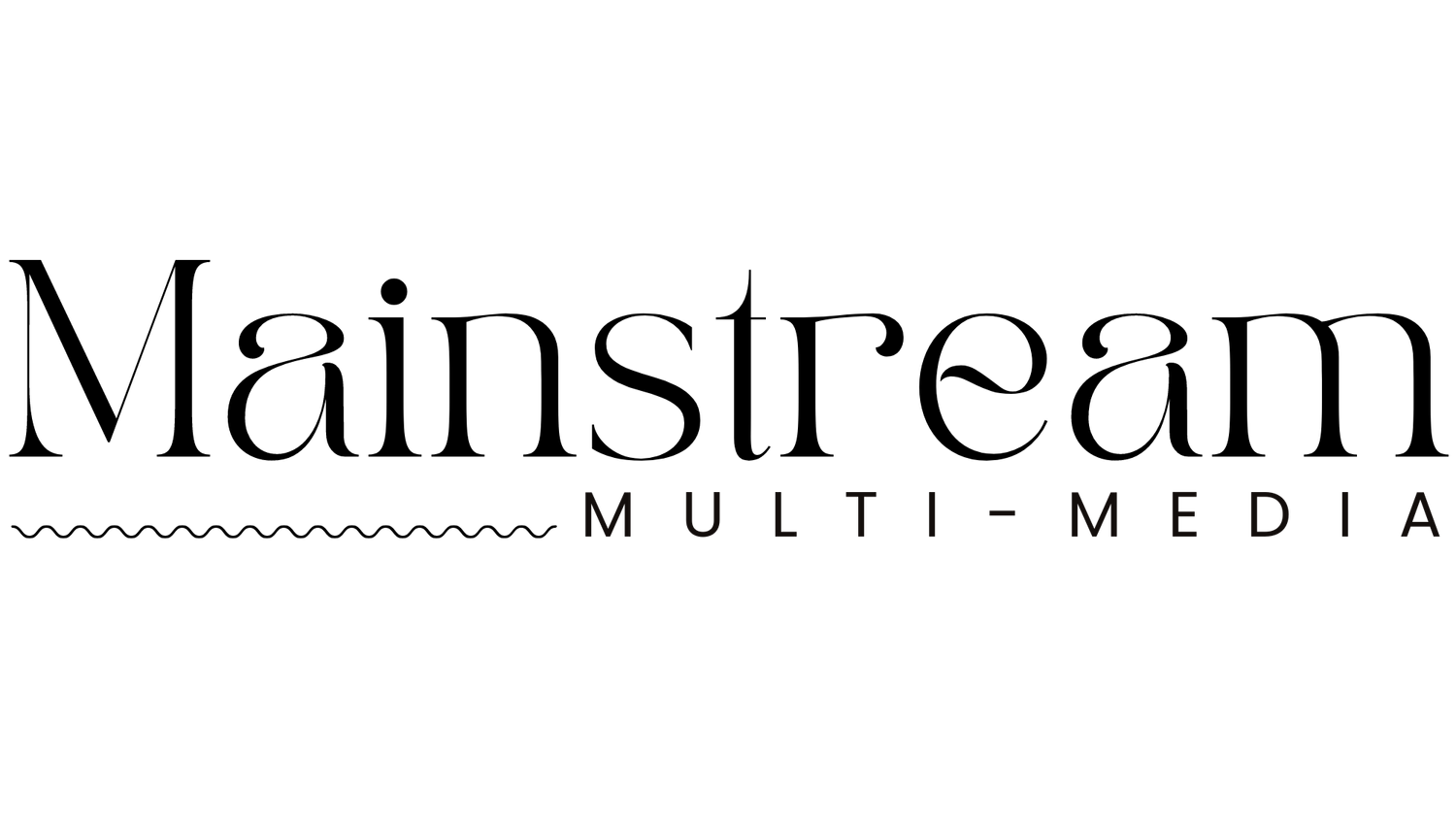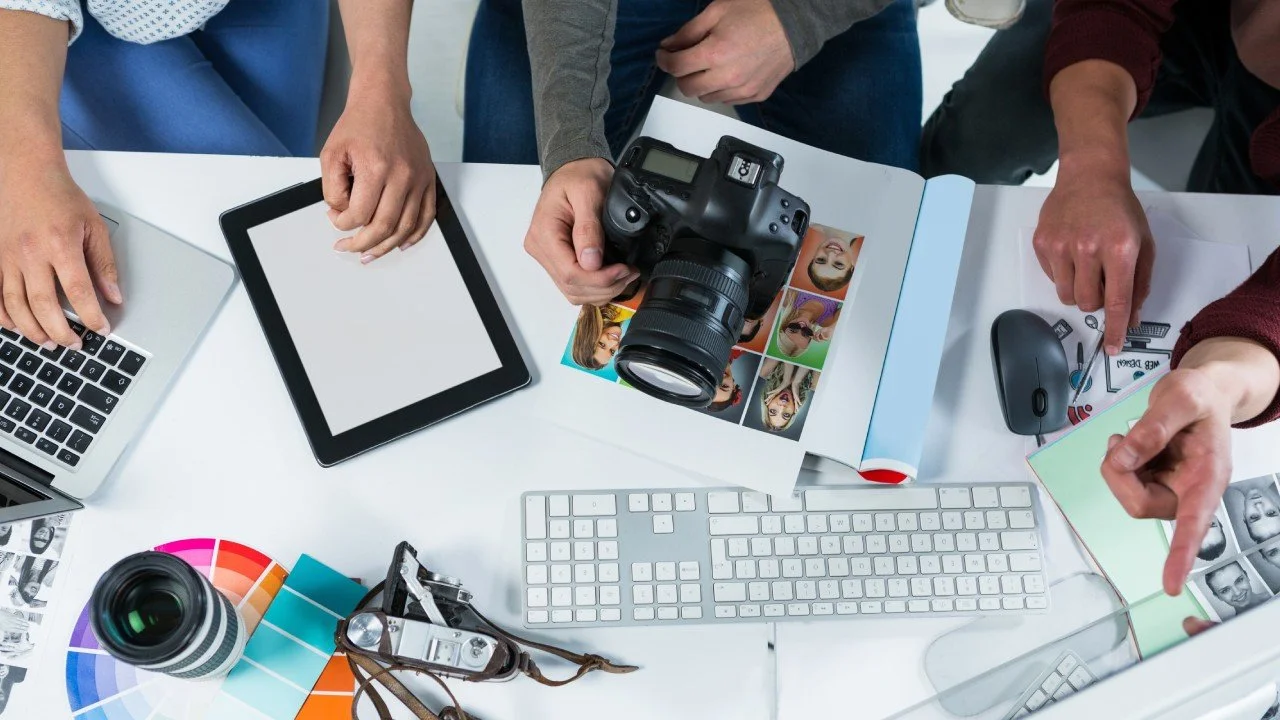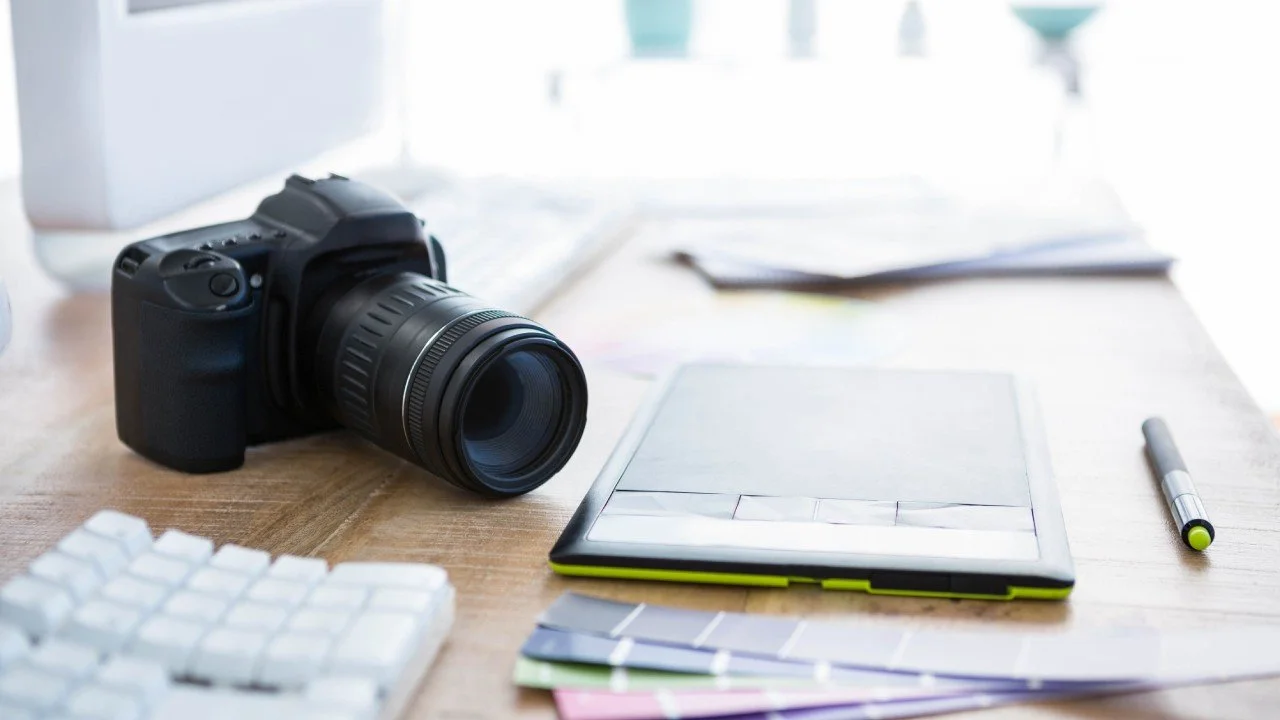How I Pitched a $9,000 Photography Project: A Step-by-Step Breakdown
+Free Upselling Guide (at The End)! 👇🏼
“When you’re used to a certain workflow, stepping outside of that comfort zone can be both exciting and nerve-racking.” -Brittany (Product Photographer)
For me, creating product photos from my home studio was my comfort zone—until a client threw me off guard with a simple question during a Zoom call: “Do you do shoots with models?”
My mind went blank. I could almost hear the silence stretch as I scrambled for a response. “It’s not something we’ve done before,” I finally said, “but I’d be open to it! Let me pull together some ideas and we’ll go from there.”
I could’ve played it safe and said no, but instead, I saw this as an opportunity to push our boundaries. Little did I know, this conversation would lead to pitching a $9,000 project that required more planning than I’d ever done before- hiring a model, scouting a location, and more.
Here’s how I turned that casual conversation into one of our biggest projects yet.
The Gameplan to Pitching a $9,000 Project
I knew that to convince the client we could pull off something new, I had to present our ideas in a clear and compelling way. That’s when I decided to create a pitch deck. I wanted it to be more than just a list of ideas—I needed it to showcase our vision in a way that highlighted the value we could bring to her brand.
The pitch deck allowed me to organize every detail, from the mood board and location to the pricing options. It wasn’t just about selling her on the project; it was about showing her how this shoot would elevate her brand and drive results. Having everything laid out visually gave me the confidence to pitch something completely outside of my usual scope, and it worked.
Step 1: Build the Vision with a Mood Board
The first thing I did was create a mood board using inspiration from Pinterest. I wanted my client to immediately understand the aesthetic and vibe of the shoot before we even started discussing costs. Mood boards are a simple yet powerful way to convey your vision without needing to over-explain. They allow you to take abstract ideas and make them tangible, which is especially helpful when pitching something new.
But here’s the thing—you don’t want to spend too much time on this part, especially since there’s no guarantee the client will even go for it. This is why having a solid, easy-to-use template for your pitch deck is essential. Instead of starting from scratch every time, you can quickly plug in your ideas, saving yourself hours of unnecessary work. You’re not trying to create a masterpiece at this stage, just enough to sell the vision and get the client excited.
For me, the process was straightforward—I used Pinterest to quickly gather ideas that matched the look and feel I wanted for the shoot. I simply screenshotted images that inspired me, whether it was the lighting, color palette, or overall vibe, and compiled them into the mood board.
This kept the process efficient and helped me communicate the creative direction clearly without getting bogged down in unnecessary details.
Pro tip: If you have past work that aligns with the project you’re pitching, definitely include that in your mood board. It helps clients see that you’ve done something similar and builds their confidence in your ability to deliver.
Step 2: Location, Location, Location
Finding the perfect setting is crucial for bringing the vision to life, so I turned to Airbnb. After browsing through several options, I found a home that offered the picture-perfect backdrop for the shoot. The natural lighting, unique decor, and overall vibe aligned with what I had envisioned.
Pro tip: always ask the owner for permission if you plan to use their space for photography, especially for commercial work. A quick message explaining the purpose of the shoot and offering to tag the location in social media posts usually does the trick. Most hosts are open to it, but it’s always best to clarify upfront.
However, if you want a more hassle-free option, Peerspace is a fantastic alternative. It’s designed specifically for creative professionals who need spaces for commercial projects like photoshoots, video shoots, or events. Unlike Airbnb, Peerspace typically offers spaces that come with amenities like lighting equipment or unique props, which can save you time and money on rentals.
Once I had the location locked in, everything else started falling into place. Having a clear backdrop in mind helped solidify the shoot’s concept, and it gave me confidence that we were on the right track to delivering a beautiful, high-quality project.
Step 3: Calculate the Costs
Before I could pitch the project, I needed to figure out the hard costs. This is where things can get tricky—there’s always more to consider than just the basics. Here’s a quick breakdown of what I calculated for this shoot:
Airbnb rental: $1,400
Model: $600
Content: $6,800
But here’s the thing—there are always additional costs that can slip through the cracks, and that’s a lesson I learned here. I didn’t think to charge for gas and driving time, even though I spent hours on the road- time I could have used for other projects. In hindsight, this is something I should have built into the cost. Your time has value.
Another cost to keep in mind is the cost of any props or additional equipment. Even if you already own the gear, wear and tear on your equipment can add up over time, so it’s worth accounting for that in your pricing. And don’t forget about post-production time. Editing is a significant part of the job, and it’s easy to underestimate how long it will take.
Once I tallied the expenses, I offered the client two pricing packages—one low-budget and one high-budget option.
Giving the client flexibility in pricing helps them feel like they have control over the decision. However, it’s important to make sure both packages work for you financially- the lower-budget package might have fewer deliverables, but it should still be profitable!
Step 4: Pitching the Idea
The most nerve-racking part of the entire process was presenting the pitch. I had spent hours building the vision, sourcing the location, and calculating the costs, but now it was time to see if all that effort would pay off. I finalized the pitch deck and double-checked every key element—from the mood board that captured the essence of the shoot to the logistics of the location, model, and props.
The goal wasn’t just to impress, but to make everything crystal clear and easy to understand.
We scheduled a Zoom call so that I could walk her through the presentation step by step- I didn’t rush, but I also didn’t linger too long on any one slide. The key was to keep the flow smooth, letting the visuals and my explanation do the heavy lifting. By the time we finished, I could see her excitement building.
And then came the moment of truth: I presented her with the two pricing packages. To my surprise—and relief—she immediately went for the high-budget option! It wasn’t just about the price tag; she was sold on the value we could bring to her brand.
This experience taught me that it’s not enough to just present ideas—you have to show the client how those ideas translate into tangible results for their business. When you’re confident in your value and can clearly communicate that to a client, the entire dynamic shifts. It becomes less about selling and more about collaboration, and that’s where the magic happens.
BONUS How We Upsold the $9,000 Project to $15,000
As someone with a marketing degree, I’m always looking for ways to maximize profit on every project. I believe that there’s always room to upsell if you approach it strategically. That mindset came in handy for this project. After securing the $9,000 shoot, I didn’t stop there—I started thinking about how I could offer even more value to the client while increasing our profit.
Before the shoot, I prepared a backup mood board of additional content ideas. My plan was to capture extra shots if we had time with the model, and I made sure I was ready to execute those ideas quickly. Sure enough, the shoot went smoothly, and we had more time than anticipated. I used that extra time to capture a full gallery of additional images—completely different angles, extra setups, and even new product variations.
Once the shoot was done, I shared all of the raw images with my client through Google Drive and let her know we had more content than initially planned. But here’s where the upsell comes in—I didn’t just offer the extra images at full price. Instead, I framed it as a special bulk package, offering her a discounted rate to purchase all the additional images. It wasn’t just about pushing more content; it was about showing her how these extra images could further elevate her brand’s marketing, providing her with even more value than we originally discussed.
To my delight, she was thrilled with the extra shots and purchased the entire gallery. What started as a $9,000 project ended up growing into a $15,000 one. This experience reaffirmed my belief that there’s always a way to go beyond the initial pitch and offer more—if you’re strategic and prepared.
It’s a win-win: the client gets extra content that enhances their brand, and you get to boost your profit with minimal additional effort.
FAQs
What is a pitch deck for photographers?
A pitch deck for photographers is a visual presentation that showcases your ideas, services, and the value you can bring to a potential client's project.
What should a pitch deck include?
A pitch deck should include a mood board, project details, pricing packages, logistics, and how your work will benefit the client's brand.
How do you pitch to brands and get clients?
To pitch to brands and get clients, tailor your proposal to their specific needs, emphasize your value, and use clear, engaging visuals in your pitch deck.
How can photographers increase their project revenue?
Photographers can increase revenue by upselling additional services, offering discounted bulk image packages, and maximizing extra time during shoots.
What’s the best way to present photography pricing to clients?
Present photography pricing with tiered packages that offer flexibility, while clearly outlining the benefits and deliverables at each price point.















Product videos are a powerful tool for brands looking to engage their audience and drive conversions. From studio shots to lifestyle moments, the right video can make all the difference. This article explores the key types of product videos that help brands connect with their customers and elevate their marketing strategies.